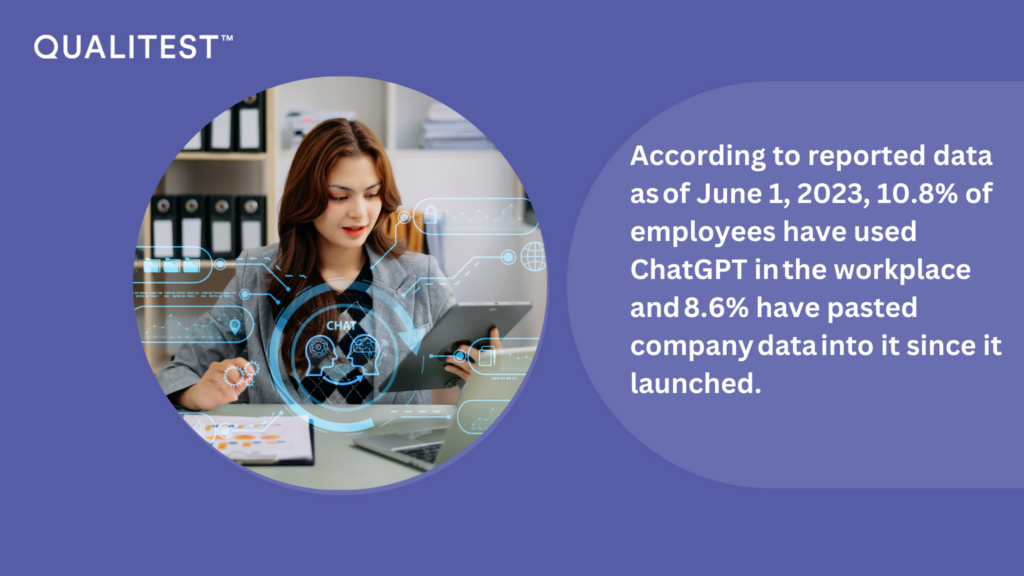Generative AI – a New Huge Attack Surface for Enterprises?
- by Niv Segev
- VP, Head of Cyber Security Services
-
Feb 21, 20245 min read
Large language models (LLMs) are used almost daily by technical people, and the question that we need to ask ourselves as organizations is how secure it is for us to share data with LLM tools like ChatGPT.
According to reported data as of June 1, 2023, 10.8% of employees have used ChatGPT in the workplace and 8.6% have pasted company data into it since it launched. This poses a huge risk of a data breach in organizations, especially with those that are highly regulated. Healthcare and medical devices, banking and financial services organizations are at much higher risk because of the generative AI tools they use.
Before considering how to protect an organization’s intellectual property, it is important to understand the different threat vectors that exist because of Generative AI. These include:

Now that we have identified some threat vectors, what can be done to make sure there is no data leakage or at least to significantly reduce the associated cyber risks? There are various solutions that can be undertaken including:
Let’s explore how a “LLM shield” can work behind the scenes. Firstly, create a proxy server and a web extension, and then install the extension in the employee’s systems. Now, whenever someone accesses the ChatGPT web application, all their prompts will get routed to this proxy server.
This server logs user details (authentication & authorization), IP address and prompts. The proxy server uses an AI model that identifies sensitive or PII info in the prompts and classifies it if the prompt is sensitive. Based on the sensitivity, one can implement rules that will either allow or deny the prompt to reach ChatGPT servers
Most cyber security risks can be reduced through education and increasing awareness of employees within the organization. However, this article addresses only the cyber risks of generative AI, and consideration should also be given to the legal implications of this.
The rise of Generative AI presents both unprecedented opportunities and formidable challenges for enterprises. While this technology holds the potential to revolutionize various aspects of business, from content creation to customer interaction, it simultaneously introduces a new and significant attack surface. Most cyber security risks can be reduced through education and increasing the awareness of this with employees within organizations through regular cyber security awareness training.
Fostering a culture of cyber security awareness among employees is crucial to prevent inadvertent exploitation of Generative AI-generated content. The evolving landscape of AI-driven threats demands a proactive approach from enterprises and by staying vigilant, adapting security protocols, and leveraging advanced technologies to stay one step ahead of potential threats, organizations can harness the transformative potential of Generative AI while safeguarding their confidential and sensitive data to ensure a secure future in the age of artificial intelligence.
